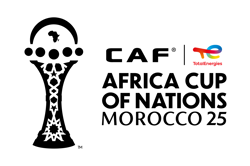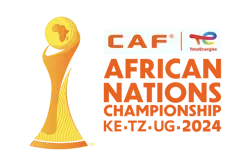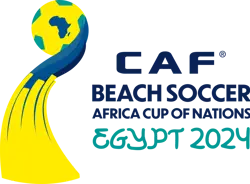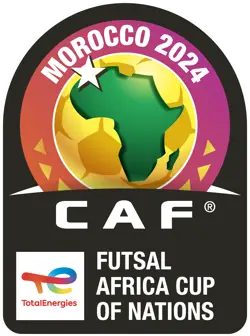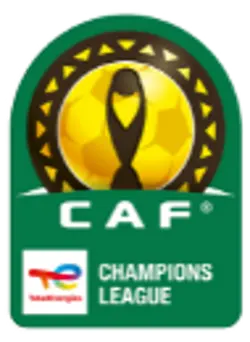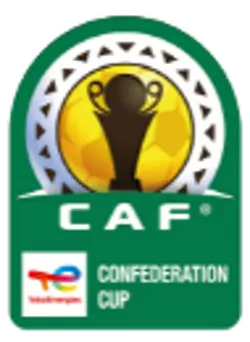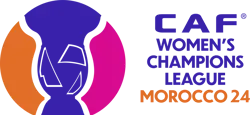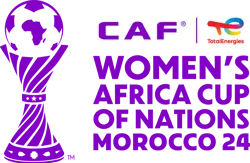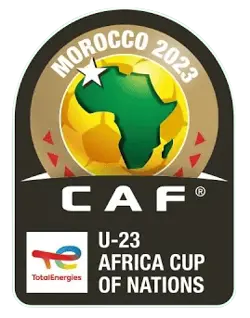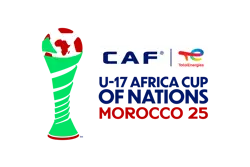Everything you need to know about CAF’s Ordinary General Assembly — Kinshasa 2025
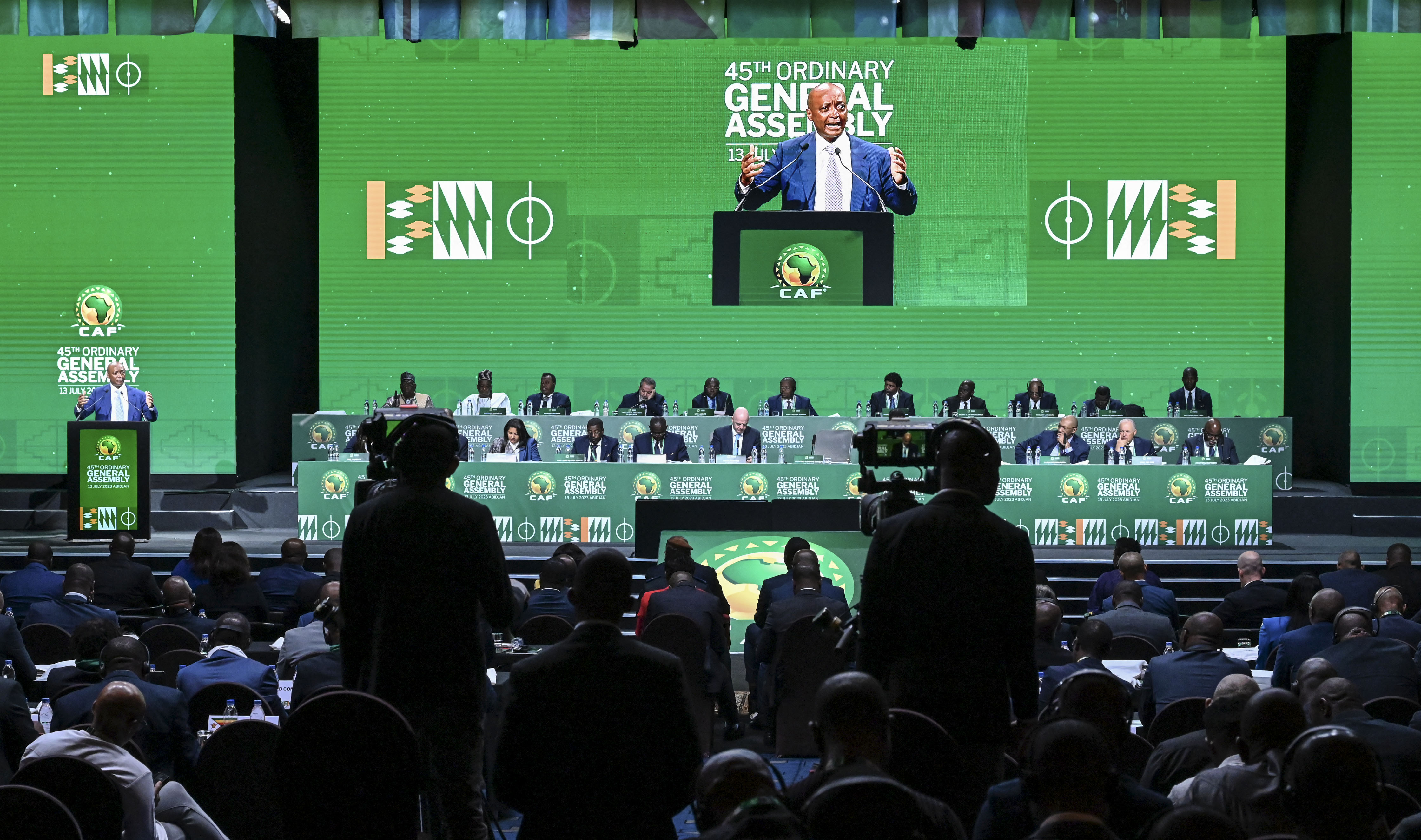
The Confédération Africaine de Football (CAF) holds its Ordinary General Assembly (OGA) once a year — the organisation’s highest decision-making forum and the moment when Africa’s 54 member associations set direction for the season ahead.
The Assembly reviews competitions, adopts the budget and audited accounts, considers statutory matters and agrees the priorities that will shape African football’s growth. Each member association has one vote, ensuring decisions reflect the will of the entire CAF family.
This year’s gathering is the 47th CAF Ordinary General Assembly, hosted in Kinshasa, Democratic Republic of Congo, and chaired by CAF President Dr Patrice Motsepe.
Beyond the plenary itself, a full programme of zonal meetings and official events turns Kinshasa into the continent’s football capital for several days.

What the OGA does — at a glance
- Reports & reviews: CAF leadership presents the annual activity report covering competitions, development programmes and key projects delivered across Africa.
- Finance & budgets: Delegates examine and approve the audited financial statements and vote on the budget for the next financial year.
- Statutes & policy: Members debate and vote on proposed amendments to CAF statutes and adopt policies and resolutions that guide operations.
- Planning the future: Associations collectively set strategic priorities for the men’s, women’s and youth game, refereeing, governance and commercial growth.

The 47th OGA: when, where and who
- Date: Monday, 6 October 2025
- Time: 10:00–13:00 (local time) — followed by a press conference
- Venue: Kemesha Center – Ballroom, Kinshasa
- Chair: Dr Patrice Motsepe, CAF President
- Attendees: Presidents and officials of all 54 CAF Member Associations, representatives from the six zonal unions and senior CAF leadership.
The week in Kinshasa — key side events around the Assembly
CAF’s OGA sits within a wider calendar of meetings designed to streamline decision-making and align the regions before the plenary session:
- Friday, 3 October: Zonal union meetings for UNIFFAC and COSAFA.
- Saturday, 4 October: onal meetings for WAFU-B, WAFU-A, CECAFA and UNAF
- Sunday, 5 October: CAF Executive Committee (EXCO)
- Monday, 6 October: 47th OGA at the Kemesha Center – Ballroom
This structured build-up allows the six zones to consolidate their positions, the Executive Committee to finalise recommendations, and media to receive dedicated access immediately after the Assembly’s close.

Why the OGA matters
The OGA is often described as the “Parliament of African football”: it is where the sport’s leaders review progress and make binding decisions that affect competitions, development and governance.
In a season that includes the TotalEnergies CAF Africa Cup of Nations, Morocco 2025, and continued expansion of women’s and youth competitions, delegates will look to sustain momentum in infrastructure, club licensing, refereeing, coaching education and commercial growth.
Resolutions adopted here set the framework for the next 12 months across the continent.

What to expect from the agenda
While the detailed agenda is tabled to members, the Assembly typically covers:
- Competition reports across men’s, women’s and youth categories, including learnings from recent finals and qualifiers.
- Development updates (technical, refereeing, infrastructure and club licensing).
- Commercial and broadcast performance review, with priorities for the new cycle.
- Statutory housekeeping and any proposed amendments.
- Approval of the audited financial statements and the budget for the coming year.
Media access and coverage
A post-Assembly press conference is scheduled for accredited media, offering official readouts and opportunity for questions. Official communications will follow on CAF’s channels after the session.
 The bottom line
The bottom line
CAF’s 47th Ordinary General Assembly in Kinshasa is the annual anchor for decision-making in African football.
With all 54 Member Associations present and a week of zonal and executive meetings feeding into the plenary, it is where strategy becomes action — and where the next chapter for African football is written.
